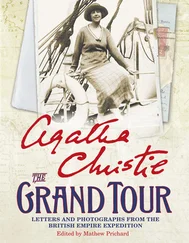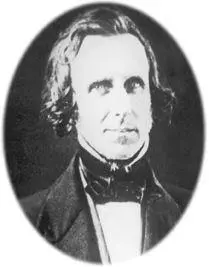
Jonathan Pitney
Jonathan Pitney was a country doctor who yearned to be more. He dreamt of fortune and fame through the development of a “beach village” for the wealthy. Photo taken 1840.

Samuel Richards
Samuel Richards was part of South Jersey’s aristocracy in the mid-19th century. He was a mogul in lumber, bog iron, and glass. Richards latched on to Pitney’s plans, and with his wealth and political influence, made the dream a reality, and then some. Photo taken 1884.
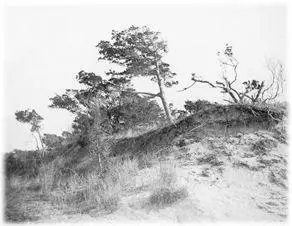
Atlantic City “Pre“-Railroad
This was the virgin landscape out of which Pitney and Richards carved their beach village. Photo taken 1850.

Camden-Atlantic Railroad
The first train station built in 1854.
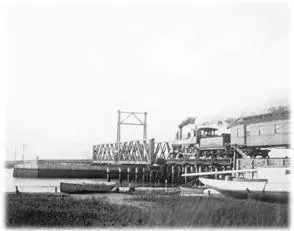
The Petrel
One of the early trains crossing the bridge connecting Atlantic City with the mainland. Photo taken 1866.
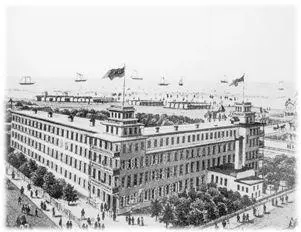
United States Hotel
Built by the Camden-Atlantic Railroad in 1854. At the time of its construction, its 600+ rooms made it the largest hotel in the country.

Atlantic & Vermont Avenues
View of the early inlet area from atop the Atlantic City Lighthouse in 1866.

Atlantic & Vermont Avenues
The same view, 20 years later, illustrates the impact of Samuel Richards’ second narrow gauge railroad.

Tent City
The second railroad launched a period of growth that lasted nearly 50 years. Each spring of the late 19th century a “Tent City” arose some place in the town. These provided temporary housing for hundreds of craftsmen and laborers needed to build Atlantic City. Photo taken 1912.

The Boardwalk
The early years, circa 1875.

The Boardwalk
Construction of the first permanent structure with the walk raised above the beach, 1884.
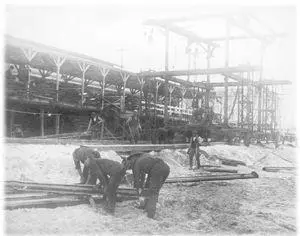
The Boardwalk
Erection of the first steel-supported Boardwalk, 1896.
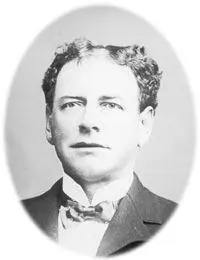
“Captain” John Young
John Young was Atlantic City’s answer to P.T. Barnum. He made a fortune off nickels and dimes and dazzled patrons with his “deep sea net haul.” Photo taken 1891.

Hauling the Net
John Young’s “creatures of the deep” left his customers gaping and gave them something to talk about back home. Photo circa 1910.
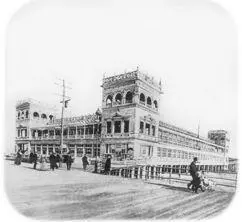
Young’s Million Dollar Pier
It was a gingerbread castle that offered everything from popcorn and tutti-frutti to dancing girls and sea monsters. Photo circa 1905.
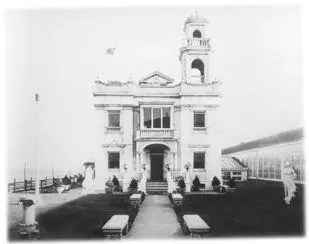
No. 1 Atlantic Ocean
John Young’s home at the seaward end of the Million Dollar Pier. Young and his pal Thomas Edison spent many afternoons fishing out the window. Photo circa 1910.

John Young Entertaining President Taft
Young loved to entertain at No. 1 Atlantic Ocean. This dinner honored President Taft and members of his cabinet. Photo taken 1910.
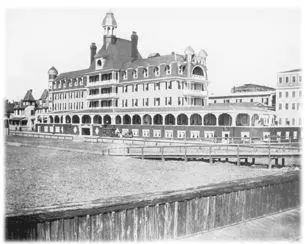
Hotel Windsor
This was the site of the first walkout/protest by African-American workers. It failed miserably. Photo circa 1890.
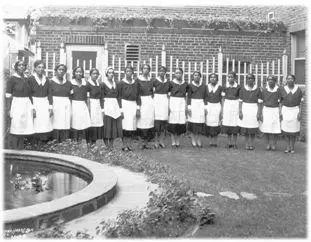
Ready to Serve
This group photo is typical of Atlantic City’s hotel work force, which was comprised of more than 95 percent African-American workers. Photo by Fred Hess; donated by Robert Gross, circa 1920.
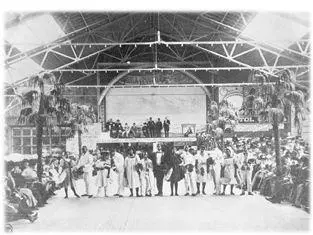
The Cakewalk
This was a contest for Black participants only. The best dancing couple received a cake. Photo circa 1910.

Colored Excursion Days
At the end of each summer, African-Americans from throughout the Northeast region frequented Atlantic City visiting relatives and friends working in the hotel industry. Photo taken 1886.

Castles by the Sea
The hotels along the Boardwalk were grand, but their rooms were rarely sold out, running a fairly high vacancy rate. Photo circa 1930.

Boardinghouses
Built side-by-side, beginning the first block inland from the Boardwalk, these cottages/guest houses/hotels, i.e., boardinghouses , were the backbone of the town. During the summer season there were few, if any, vacancies in the resort’s boardinghouses. Photo taken 1900.
Читать дальше

































